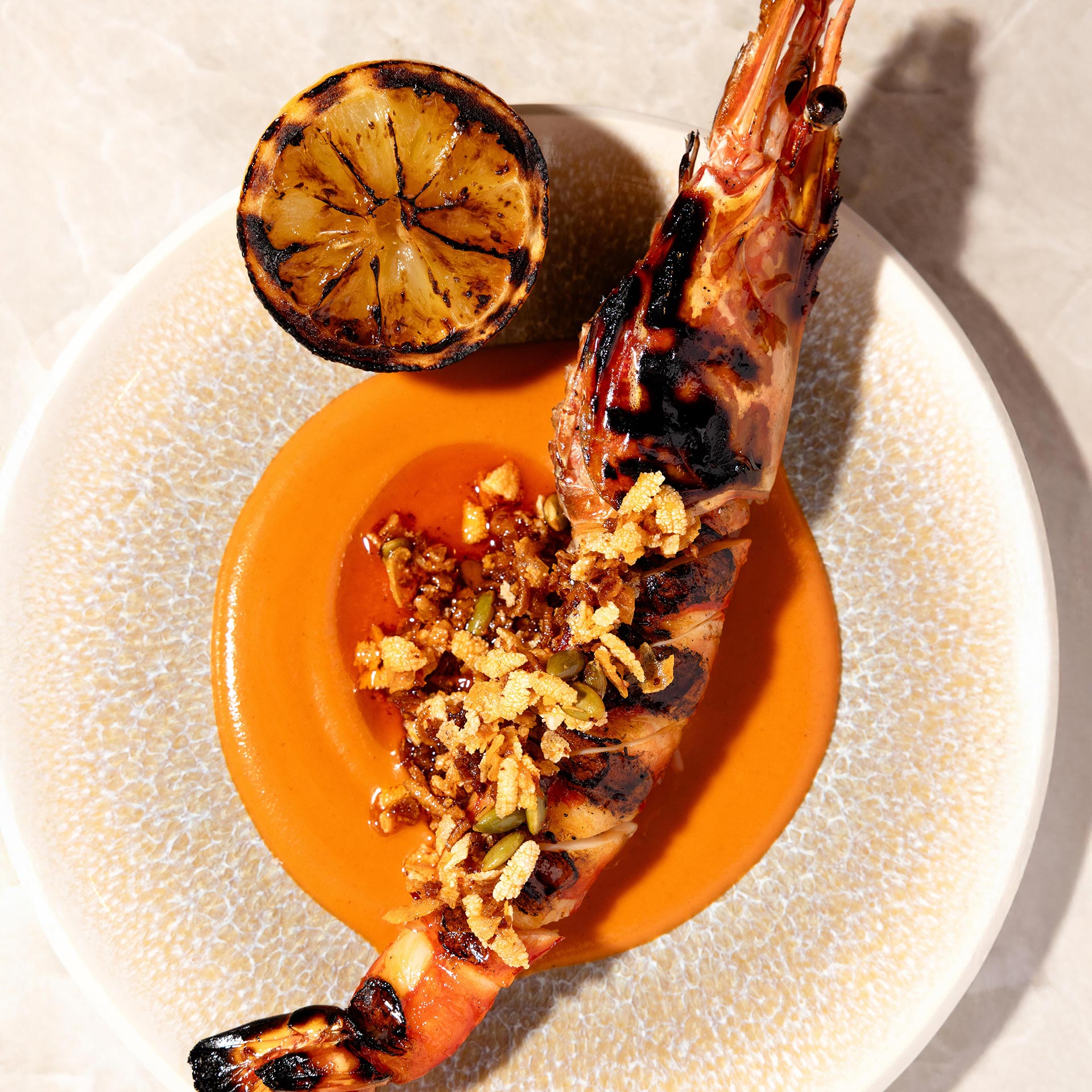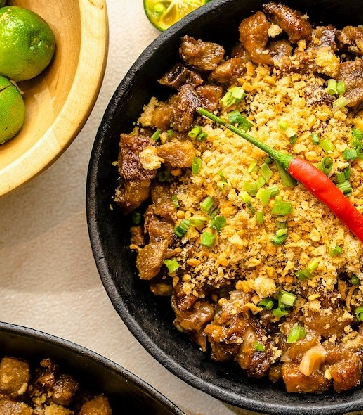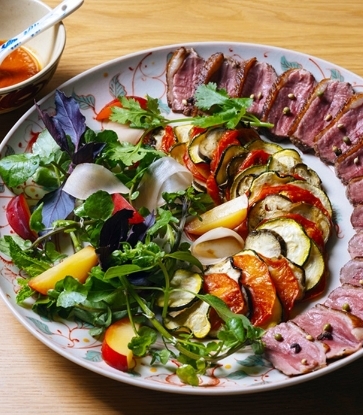Pan-fried bun, or shengjian bao, is an ordinary street food snack you can find all over Shanghai. However, perfecting the recipe is challenging, as the difficulty lies in the details. When pan-fried to perfection, a tiny pork bun should be crispy on the outside and juicy on the inside — this is no easy feat. Cheung Hing Kee (Tsim Sha Tsui), a Bib Gourmand restaurant in the MICHELIN Guide Hong Kong and Macau, has dedicated years to perfecting this unique delicacy, bringing this exceptional street food to Hong Kong.

Cheung Hing Kee started on Chuen Lung Street in the Tsuen Wan district in 2012. Later, in 2016, it earned a nod as a Bib Gourmand restaurant in the MICHELIN Guide Hong Kong and Macau. Due to rent increases, the establishment met a twist of fate. It moved and anchored on Lock Road in Tsim Sha Tsui, becoming its flagship store.

"When you dine in a Shanghainese restaurant in Hong Kong, you can't just order pan-fried buns. But in Shanghai, it's a common street food. I'm a food lover, and I wanted the people of Hong Kong to experience the authentic taste of Shanghai-style pan-fried buns. That's why I started my business," says Mr. Zhao, the owner.
Pan-fried buns, a popular dish in Shanghai and in the Jiangnan region, are made by filling the buns with meat and pan-frying them until the bottom turns golden-crispy, while the wrapper remains soft and fluffy. The buns are infused with the aroma of sesame and scallions, and are typically served with fried tofu and vermicelli soup, making them a traditional breakfast in Shanghai.
Zhao, also known as David, is a Shanghai native residing in Hong Kong and mainland China. He is an estate agent and a gourmet in equal measure. It was his love for food and his disappointment in not finding great pan-fried buns in Hong Kong that led him to a decision: learn the art of making pan-fried buns himself. His journey began when he sought the guidance of an elderly chef from Shanghai, who taught him the secrets of creating these delectable buns. It is the labour of love paying homage to his roots.
Cheung Hing Kee (Tsim Sha Tsui)'s pan-fried buns are meticulously made with a standardised weight. Each bun's wrapper weighs 18g, while the filling is 35g. The bottom contains 18 folds — the golden rules are "crispy bottom, thin wrapper, and juicy fillings".
Let's start with the fillings. Before starting his own business, Zhao noticed that the soup inside the pan-fried buns would become caked after cooling instead of remaining liquid, thus diminishing the flavour. Additionally, the pork fillings were often greasy and unpleasant to the smell. To address these issues, he opted to use another part of pork. He selects more neutral-tasting pork instead of using lymph nodes or meat from mature boars, contributing to the unpleasant smell. The soup component of the filling is made by simmering pork and pig's skin to extract the gelatine. However, he meticulously filters out the excess fat, retaining only the clear, jellied broth. This broth is then combined with the pork filling and steamed, ensuring the interior remains liquid even after cooling, preserving its fresh, clean flavours.
RELATED: Around the World in 8 Dumplings

Apart from the signature pan-fried buns, other flavours, such as spicy fillings done Sichuan style and buns with crab meat, are crafted to attract the younger generation. The chubby buns are stuffed and enveloped with thin wrappers. The pan-fried buns with crab meat are made every autumn using crabs imported from Shanghai. These buns are never made in advance as the fishy smell remains.
Every pan-fried bun is made to order, never in advance. Cheung Hing Kee (Tsim Sha Tsui) makes its dough using its own recipe. Generally, when a bun is wrapped, the dough continues to ferment. The wrapped buns sit for a while, the dough rises, and the texture turns as soft as barbecued pork buns. Following this, the dough absorbs the soup within. Hence, its bottom turns soggy, and the filling is not juicy.
Cast iron pans from Shanghai are recommended for perfecting the recipe. They keep the heat high for frying, and oil is never reused. The cooking steps start with frying the buns on high heat until the bottom turns crispy. Later, lower the heat and cook the buns for ten minutes until they are cooked. The whole process requires patience and precision; there is no shortcut.

Apart from pan-fried buns, Cheung Hing Kee (Tsim Sha Tsui) also pulls in crowds with other Shanghai-style street eats, such as Shanghainese vegetable and meat wontons, scallion oil noodles, and hot and sour soup. If you love Shanghai-style food, seek out this mecca and prepare to fall in love with it.
Zhao is delighted and honoured to receive the MICHELIN recommendation, as he believes the MICHELIN Guide has high credibility. He feels delighted that his efforts have been recognised. Looking ahead, he hopes to maintain Cheung Hing Kee's standards, continue striving for stability and excellence, and do his best with every pan-fried bun he serves.
RELATED: Gourmet Hidden Gem: Man Yuen
Hero image: MICHELIN
The article is written by Gloria Chung and translated by Vivianna Cheong. Read the original article here.




















